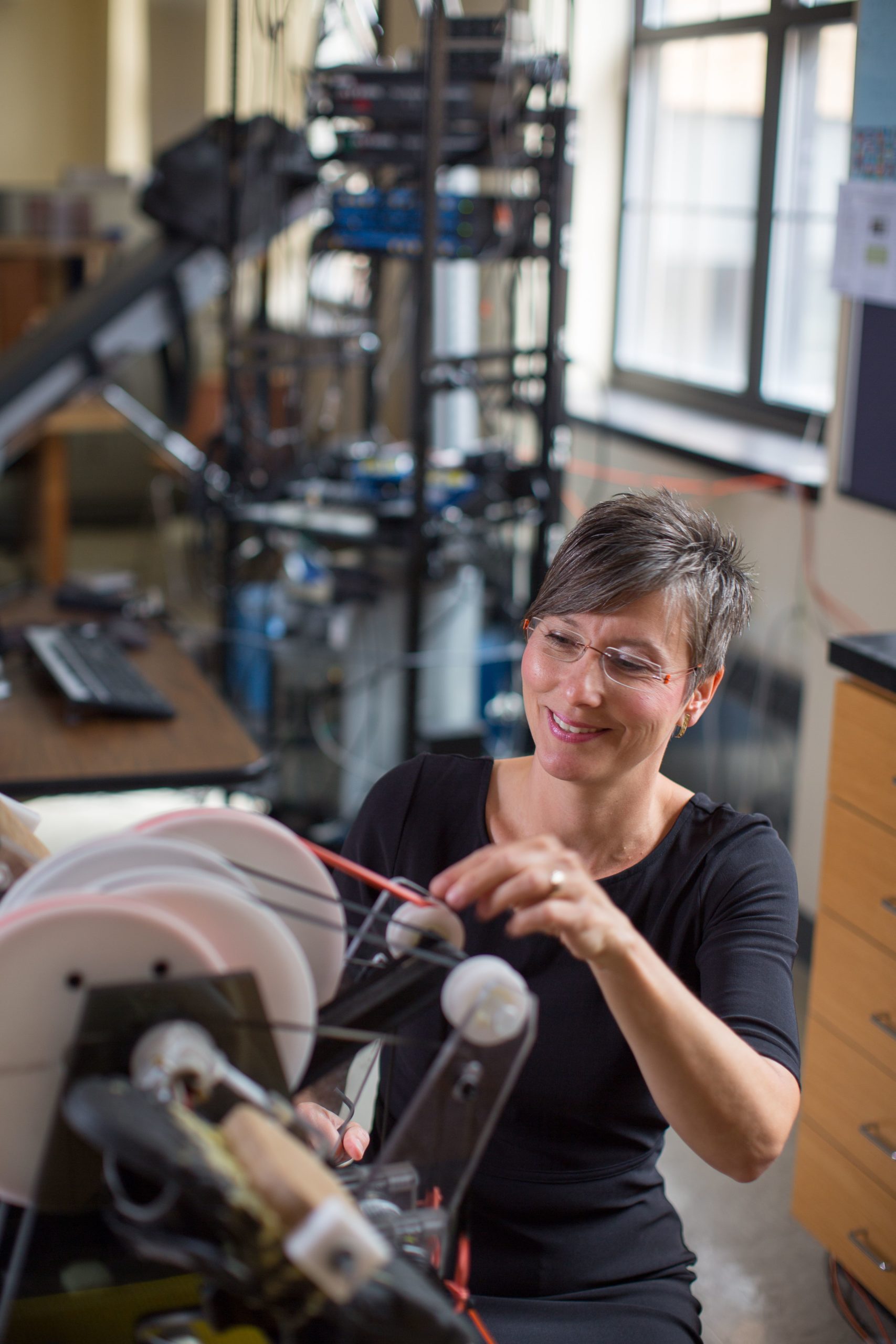
Shop Talk is a newsletter published by The Evidence Workshop, LLC. It helps clinicians integrate the best, available research evidence into front-line practice.
In the before times (pre-pandemic), my friend always hosted a party in December. It was always a potluck. I always brought my curried rice salad, and someone always asked for the recipe. We always had a white elephant gift exchange, and someone always went home with a life sized, plastic lawn ornament representing one of the wisemen from the Christmas story. We call him The Magi. More than 10 years ago, someone rescued The Magi from a thrift store and placed him in the gift exchange. Every year since, he has made an appearance at the party where one lucky guest gets to load him in the trunk of their car and take him home.
My friend’s party is a lot of fun. And important to today’s discussion, it’s a lot like a really good measurement technique. No matter who is there (students have come and gone) or where it takes place (my friend moved a few years ago), The Magi and the curried rice salad always show up. Highly repeatable social activities, like the ones at the Christmas party, are traditions. Highly repeatable measurement techniques – those that provide the same value no matter where they’re done or by whom – are reliable.
Today, we summarize a paper from Cabana et al. that examined the reliability between two methods for measuring progress after total knee arthroplasty (TKA): face-to-face and telehealth. Two physiotherapists examined 15 people recovering from TKA. One examined all 15 patients face-to-face. The other examined the same 15 patients via teleconference. Measures of knee range of motion (ROM), lower limb strength, and swelling were reliable across conditions. In other words, it did not matter who made the measurements or whether they were done face-to-face or remote; both assessors got the same values. The same was not true for scar assessment where measurements made via teleconference were not reliable with face-to-face.
What’s the upshot?
In Part 2 of our ongoing miniseries on telerehabilitation, we learned that remote delivery of rehab after TKA will not compromise recovery. Today’s installment suggests that, when you measure ROM, strength, and swelling via telehealth, you should get about the same values as you would have obtained in a face-to-face visit. This is the only paper that we know of that deals with measurement, telerehab, and TKA. If you’re aware of others, please let us know. The generalizability of these findings will be enhanced if the conclusions of Cabana et al. are supported by more studies involving more participants living in different parts of the world.
Thanks for reading. If you want to examine this paper more closely, you can find it here.
If you want to see a picture of The Magi, go to https://www.buymeacoffee.com/ptworkshop.
Until next time, be well.
